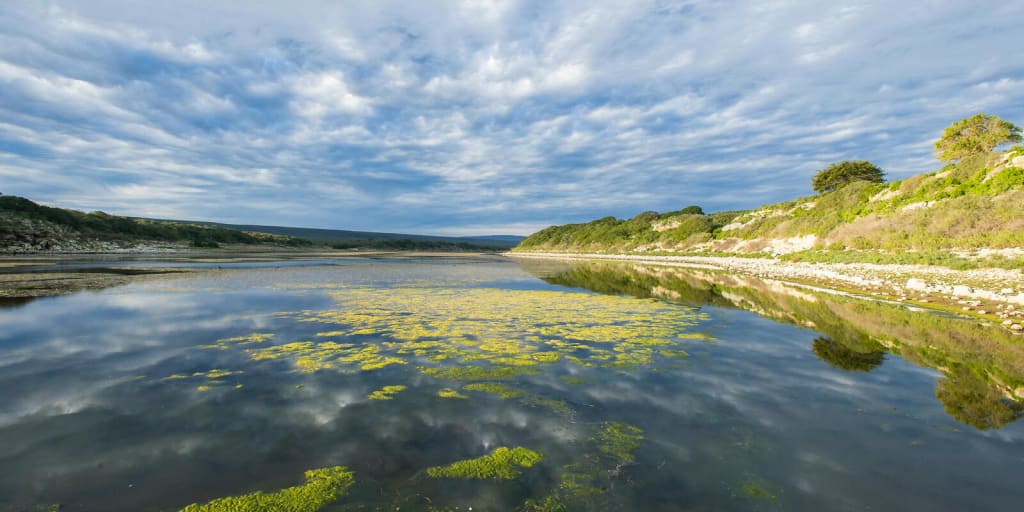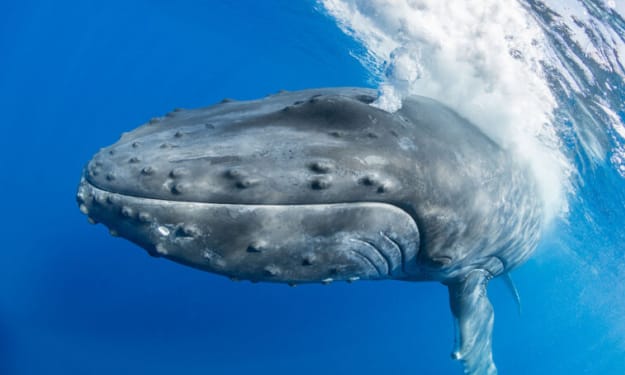WETLANDS ARE THE Uncelebrated Yet truly great individuals OF THE PLANET
These are the most important unidentified and unappreciated essentials for our eco system yet they are not accounted for

Vegetated wetlands, like bogs and swamps, are probably the most untamed life rich biological systems in the world, their shallow waters and plentiful vegetation supporting everything from bugs to ducks to moose.
In any case, these wetlands, as well as lakes, streams and other watery conditions all over the planet, are in danger, with many dirtied or corrupted because of environmental change and human turn of events.
As of late, however, legislatures have increased their determination to secure and reestablish these normal spaces, a drive specialists say isn't just significant for safeguarding biodiversity, yet additionally countering the environment emergency.
A November 2022 gathering of the Ramsar Show on Wetlands raised the profile of wetlands and their significant job in accomplishing the Practical Improvement Objectives, humankind's diagram for a superior future.
The next month at the Unified Countries Biodiversity Meeting, nations agreed to safeguard nature, an arrangement that incorporated an arrangement to reestablish something like 30% of debased inland water bodies and save sound freshwater environments in an evenhanded manner.
Waterfront and freshwater wetland biological systems are home to 40 percent of all biodiversity. Peatlands, a specific kind of vegetated wetland, store two times as much carbon as the world's woods. However, throughout recent years, wetlands have been depleted to clear a path for farmland or foundation improvement.
Around 35% of the world's wetlands, which likewise decrease the effect of flooding and scrub contaminated water, were lost somewhere in the range of 1970 and 2015.
The misfortune rate has been advancing quickly beginning around 2000.
Contingent upon how much ocean level ascent brought about by the environment emergency, 20-90 percent of ebb and flow seaside wetlands, which sequester carbon up to multiple times quicker than tropical rainforests, might be lost before the century's over. Wetlands - significant visits for transitory birds - have additionally lost more biodiversity than other earthly and marine environments.
"In accordance with the UN Ten years on Biological system Reclamation, we should stop approaches and endowments that boost deforestation and wetlands debasement from source to the ocean and advance their earnest rebuilding," says Leticia Carvalho, top of the Marine and Freshwater Branch at the UN Climate Program (UNEP).
"Simultaneously, we should guide and drive speculations to safeguard need environments, for example, peatlands, and urge the confidential area to focus on deforestation and peatland-waste free stockpile chains," she adds.
That message comes just a little ways off of World Wetlands Day, which falls on 2 February. This year the day features the dire need to reestablish wetlands. It is likewise a forerunner to the UN Water Meeting, a worldwide get-together that starts on 22 Walk.
Mindful of the dangers of wetland corruption to economies and social orders, in Walk 2022, nations at the UN Climate Gathering embraced goals on lakes and nature-based arrangements. This followed goals explicitly on peatlands, which aided raise worldwide consciousness of the significance of rationing and reestablishing wetlands, everything being equal. The goals were intended to make ready for activity and for neighborhood and public preservation crusades that incorporate government sponsorship and money.
Back from the edge
Nations all over the planet are presently starting to reestablish their wetlands. Instances of wetland protection drives remember the improvement of arising wipe urban communities for China, and the public authority upheld rebuilding of the Unified Realm's Extraordinary North Lowland, a huge region for both carbon and water stockpiling.
Tynehead Fell stone dams and sacks of Sphagnum-rich heather reckless for peatlands rebuilding in the Incomparable North Lowland, Cumbria, northwestern Britain, November 2018.
Covering exposed peat with Sphagnum-rich heather reckless is a pivotal piece of peatland rebuilding in northern Britain. The greenery safeguards the peat from the components and is a nursery for new plants.
Research shows that sped up endeavors to ration and reestablish wetlands are critical as the triple planetary emergency of environmental change, nature and biodiversity misfortune and contamination and waste is intensifying the impacts of wetland corruption. Be that as it may, sufficient money and political will are vital.
As per UNEP's 2022 Territory of Money for Nature report, environment, biodiversity and land corruption objectives will be far off except if interests in nature-based arrangements rapidly increase to US$384 billion every year by 2025. That would be over two times the ongoing complete of US$154 billion per year.
"We're running out of opportunities to safeguard the administrations given by wetlands that social orders rely upon for a manageable future," said Carvalho. "We should increase global fortitude, limit building and financing immediately."
Uplifting news from Argentina
In December 2022, officials in Argentina's southernmost Tierra del Fuego Region passed a regulation to safeguard the rough Miter Promontory forever.
This remote corner of South America is home to submerged kelp woodlands and one of the biggest peatland buildings in South America, two stalwart environments that consolidated make up Argentina's greatest carbon sink.
The production of the new safeguarded region, generally the size of the Amazing Gulch Public Park in the US, is a significant stage with an end goal to counter the environment emergency, say specialists.
The Worldwide Peatlands Drive, composed by UNEP, has been lobbying for the insurance of South America's peatlands for a long time.
The outcome in Argentina is a little piece of uplifting news for peatlands, which make up about portion of the world's inland vegetated wetlands. As indicated by the UNEP-upheld Worldwide Peatlands Evaluation, the Earth is losing 500,000 hectares of peatlands a year, a region two times the size of Egypt's rambling capital, Cairo. The depleting and corruption of peatlands discharges enormous measures of carbon dioxide and contributes around 4% of worldwide human-prompted ozone harming substance outflows.
"This is precisely exact thing the security of key living spaces ought to seem to be," said Kristine Tompkins, an UN Supporter of Safeguarded Regions and the Fellow benefactor of Tompkins Protection, a natural non-benefit bunch. "This park is another highwater mark for worldwide protection and the battle against environmental change."
World Wetlands Day on 2 February looks to drive attention to the advantages of wetlands and urge individuals to ration and economically utilize these scenes. UNEP is a long-lasting ally of endeavors to safeguard wetlands and screens their status, alongside the Ramsar Show on Wetlands. UNEP helps nations screen and safeguard wetlands and different biological systems in the 2030 Practical Improvement Plan. New information assortment for Practical Improvement Objective 6, which covers water and sterilization, is being sent off in the spring of 2023.





Comments (1)
Well written! Great work!